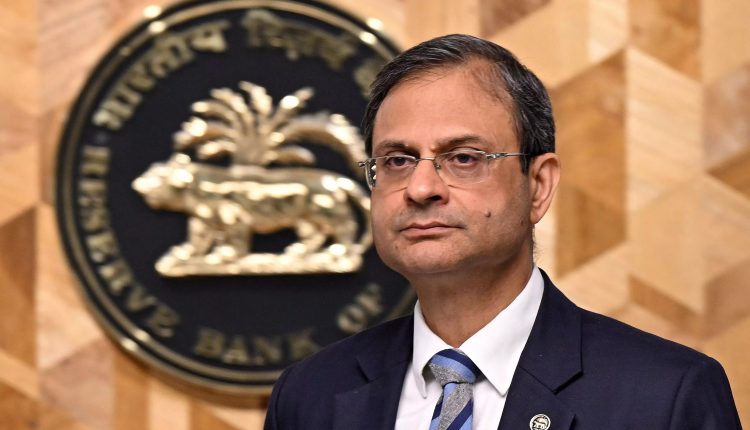India’s central bank governor optimistic about 2025 growth prospects
India’s newly appointed Central Bank Governor, Sanjay Malhotra is optimistic about the country’s economic rebound in 2025, driven by strong consumer and business confidence. His comments, marking his first public address since taking office earlier this month, suggest that the economy will recover after a slowdown in the first half of 2024-25.
In the foreword of the Reserve Bank of India’s (RBI) bi-annual Financial Stability Report released on Monday, Malhotra noted that while economic activity had slowed, the outlook for the upcoming year was positive.
“Consumer and business confidence for the year ahead remain high and the investment scenario is brighter as corporations step into 2025 with robust balance sheets and high profitability,” Malhotra said.
Malhotra’s appointment as RBI governor was unexpected, as he took office just two days before his three-year term began on December 11. During a press briefing upon his appointment, he highlighted the importance of stability and growth but refrained from offering specific guidance on future monetary policy moves.
Under the leadership of former Governor Shaktikanta Das, the RBI maintained interest rates at a standstill for nearly two years, despite increasing pressure from both within the government and the market to ease policy. With Malhotra now in office, economists anticipate a possible rate cut as soon as February.
India’s economy grew at its slowest pace in nearly two years in the most recent quarter, prompting both analysts and the RBI to lower their growth projections for the fiscal year to about 6.5%, down from over 8% in the previous fiscal year.
The RBI’s Financial Stability Report suggests that growth will pick up in the third and fourth quarters of 2024-25, supported by increased public consumption, investment, strong service exports, and favorable financial conditions.
On global economic conditions, Malhotra expressed optimism, citing a slowdown in inflation and the prospect of looser monetary policy to support global growth. However, he also warned that the medium-term outlook remains challenging, citing risks such as geopolitical tensions, financial market instability, extreme climate events, and rising global debt.
In terms of financial stability, Malhotra assured that the RBI would continue focusing on strengthening the financial sector, which has been buoyed by strong earnings, low levels of impaired assets, and solid capital buffers. Stress tests showed that the capital levels of Indian banks and non-banking financial companies remain well above regulatory requirements.
However, the RBI projects that the ratio of non-performing assets (NPAs) may increase, reversing recent improvements. The gross NPA ratio is expected to rise to 3% by March 2026, up from 2.6% in September 2024, due to stretched asset valuations and rising debt levels. This shift, combined with a weakening economy, could make it more difficult for borrowers to repay loans and create challenges for the banking sector.
Attribution: Bloomberg



